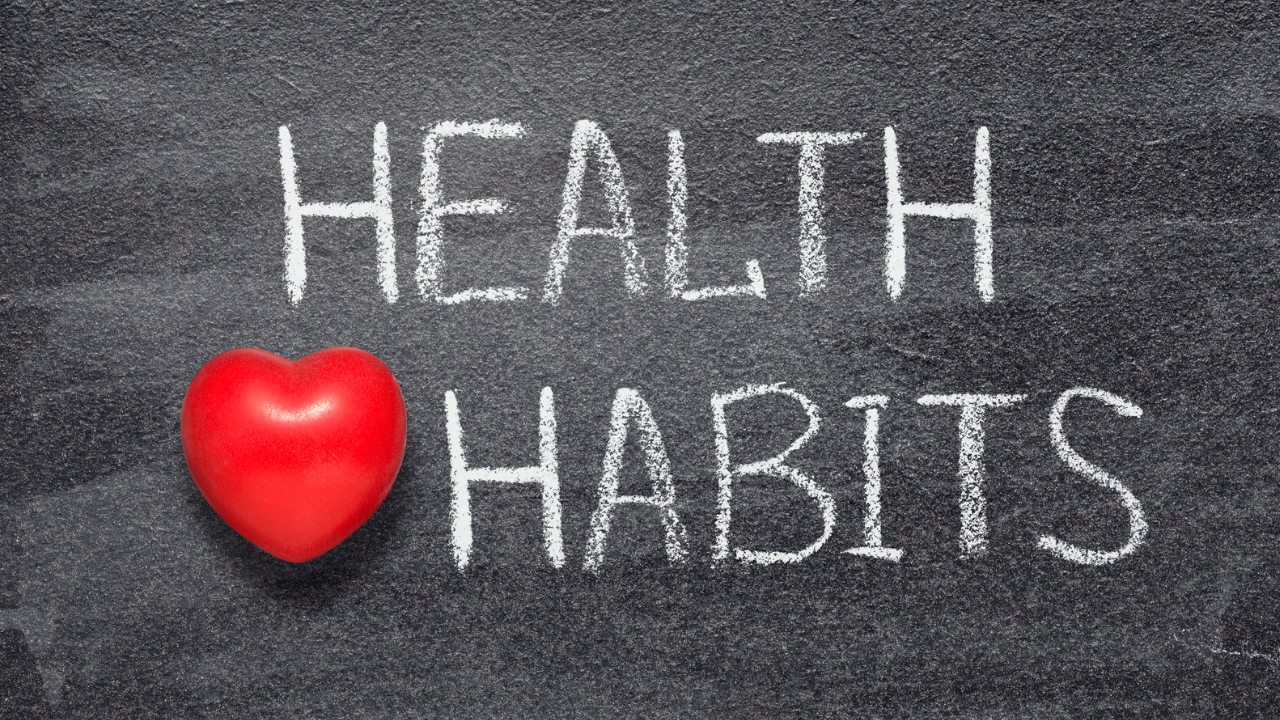There are multiple blood pressure medications and different classes.
Beta blockers, ACE-inhibitors, diuretics, combinations pills, alpha blockers, calcium channel blockers, angiotensin 2 receptor blockers, central agonists, renin inhibitors, aldosterone antagonists, vasodilators…. Even I am getting confused.
With all that around there …. What is the right medication for you? Remember a medication that works for your friend, let’s call her Susan might not be the right medication for you. You are saying the medication really works for Susan and want a piece of that blood pressure goodness. Not so fast it is not as simple as that.

When health care providers prescribe blood pressure medications here are some of the factors they consider:
- Age
- Gender
- General overall health
- Underlying co-morbidities
- Falls & balance
- Blood pressure medications you have tried in the past.
- Possible drug-drug interactions with other medications you are on.
- Even your race. Patients with an African heritage on Lisinopril, an ACE-inhibitor, have an increased risk of angioedema compared to non-Africans and increased risk of stroke.
- One other factor to mention are side effects. Any medication has side effects, and blood pressure medications are no exception. Partner with your health care provider to lessen side effects or even switch to a different class of medication if side effects can’t be tolerated.
Having said all this the most important thing you can do…
Ok are you ready for it. Lifestyle changes. Yes, as I have preached in numerous other varticles and YT videos on my channel losing weight, giving up on vices such as smoking, healthy nutritional choices and exercise.

Yes, you need to move. I am not asking you do run a marathon just move, go for a walk. It will up your energy level and you will feel better. Stay active at least 30 minutes a day at least 5 days a week. Oh yes, limit the amount of alcohol you drink. For women not more than a drink a day, men not more than 2.
Following are some examples of the thinking process a health care provider will take into consideration before prescribing you a blood pressure medication. If your provider thinks he can not only treat your medical condition, but another condition you have let’s say diabetes this will determine their choice of medication.
For example, your provider might have placed you on an ACE-inhibitor like Lisinopril because you are a diabetic and you are losing protein in your urine.In this way your provider is not only treating your high blood pressure, but using the “feature” of Lisinopril to help with a diabetes complication. Ace-inhibitors are also recommended after a heart attack or with congestive heart failure.But if your kidney parameters are suddenly worsening on this medication your Doctor might want to switch you to some other class of medication.
Beta blockers such as Metoprolol are often used with providers after a heart attack or with congestive heart failure.They are also used if you have a very fast heart rate or an irregular heart rate called atrial fibrillation. You might be telling your health care provider that you have chest pain related to your coronary artery disease (also referred to as angina). Your doctor might choose a beta blocker not only to help your chest pain, but treat your blood pressure and reduce your heart rate. All of these have been associated with decreasing your mortality risk. However, if you also have COPD, peripheral vascular disease or glucose intolerance beta blockers might not be the best choice as the 3 disease entities I described can be exacerbated. Unfortunately, sometimes your health care providers hands might be tied up and they might consider that the benefits of beta blockers outweigh some potential clinical risks.
Thiazide diuretics such as HCTZ are used especially in isolated systolic hypertension in older adults as well as with patients of African descent. The same considerations are given with calcium channel blockers such as Diltiazem.
So as you can see when choosing a blood pressure medication its not as simple as ABC as a lot of factors have to be considered as so that the proper high blood pressure medication for you is chosen.

Let’s look at the 5 most prescribed medications.
The fifth most common blood pressure medication is HCTZ.(Hydrochlorothiazide)
- HCTZ is a diuretic. The brand name is Microzide.
- It works by making you pee more. That is why it called a water pill. In this way, this medication removes extra water and salt from your body.
- You can take this medication in two forms: as a capsule or a tablet.
- The capsule dosing is 12.5mg. The tablet dosing is 12.5mg, 25mg or 50mg.
- You can take this medication with or without food.
- It is recommended that you take this medication earlier in the day so that you do not have to get up in the middle of the night to pee.
- This medication is given usually once a day.
- The maximum dose is 50mg/daily.
- If your kidney function is worsening your dose will have to be adjusted. Speak to your health care provider if that is the case.
- The likelihood of side effects increases if your dose is higher than 25mg/daily.
- All drugs may cause side effects. There will be always some people who have no or only mild side effects. If you do have side effects, call your Doctor ASAP to get advice accordingly.
- Some common side effects are: Low blood pressure, electrolyte abnormalities such as low potassium and sodium, increased blood sugars, GI side effects such as abdominal pain, diarrhea, nausea and vomiting, rash and photosensitivity, headache & muscle cramps.
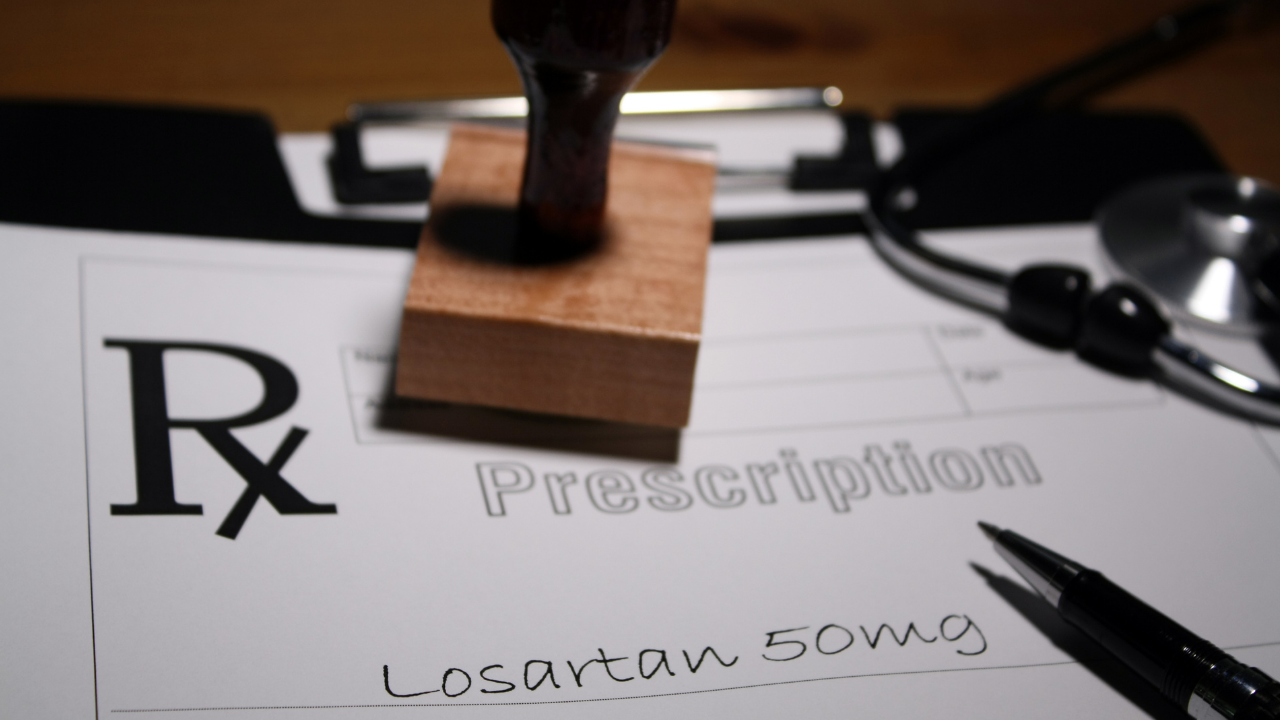
Losartan 50mg
The 4th most prescribed blood pressure medication is Losartan.
- It belongs to a family of medications called angiotensin II receptor blocker (ARBS for short.). The brand name is (Cozaar)
- Losartan works by relaxing your blood vessels & In this way your blood pressure is reduced. This results in a more efficient blood flow through your vessels.
- The tablets and the dosage forms are 25mg, 50mg, and 100mg.I usually start at the lowest dose which is 25mg and titrate up gradually.
- Some Doctors like to start at a higher dose at 50mg especially in younger patients and increase the dose for blood pressure control & symptom management.
- Usually given once a day.
- The maximum dose is 100mg/daily.
Common side effects are:
Dizziness (3%)
Upper respiratory infection (8%)
- Nasal congestion (2%)
- Back pain (2%)
Other side effects
- Cough (more common in people who experienced a cough with ACE inhibitors) (3%)
- Low blood pressure (>4%)
- Fatigue
- High potassium levels (can affect the heart)
- Changes in kidney function
- Edema (<2%),
- palpitations,
- skin rash,
- joint pain, muscle pain
Continuing with our countdown, the 3rd most prescribed blood pressure medication is Metoprolol.
Metoprolol is a type of medicine called a beta blocker. Like other beta blockers, Metoprolol works by slowing down your heart rate and making it easier for your heart to pump blood around your body. Metoprolol does this by changing the way your body responds to some nerve impulses, especially in the heart. The brand name for Metoprolol is Lopressor and Toprol XL.
Metoprolol not only treats blood pressure, but can be used after a heart attack, and in the treatment of congestive heart failure as well as for treating chest pain associated with coronary heart disease.
There are 2 forms an immediate release form and an extended release form.The immediate release form is called Metoprolol Tartrate. Metoprolol tartrate is typically administered in 2 to 3 divided daily doses.This can be taken with a meal or immediately after a meal.
The doses are the following: 25 mg, 37.5 mg, 50 mg, 75 mg, 100 mg.I usually start low and titrate up, that is 25 mg twice a day.The maximum dose is 400mg in 2 divided doses.
Metoprolol succinate is administered once daily.This can be taken with or without food.It’s a 24 hour extended release tablet.The maximum dose here is also 400mg daily, but the usual dose is 50mg to 200mg daily.
Most common side effects are slowing down your heart rate(2-16%), low blood pressure(1-27%), diarrhea(2-5%), depression(2-5%), skin rash (2-5%),dizziness (2-10%), fatigue (1-10%), shortness of breath(<3%).
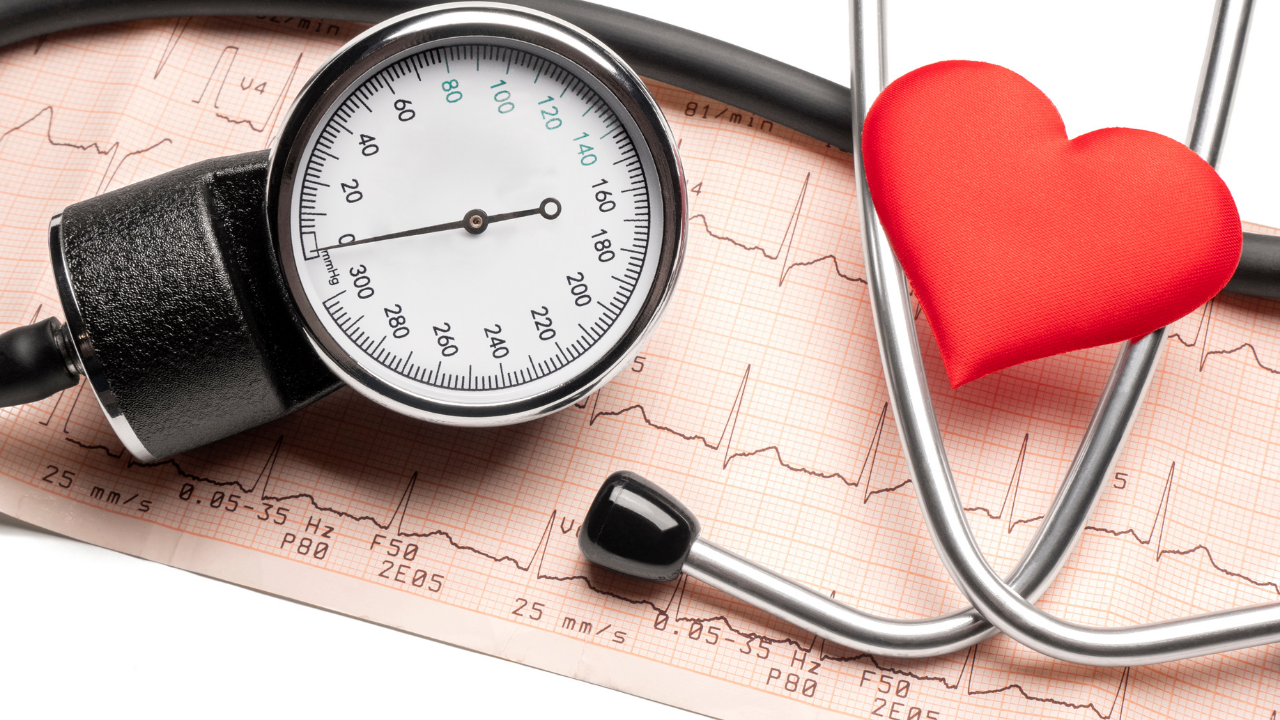
The second most prescribed medication is Amlodipine.
Amlodipine belongs to a class of drugs known as calciun channel blockers. The brand name for Amlodipine is Norvasc.
Amlodipine is used for the treatment of high blood pressure. It works by relaxing and widening blood vessels. This lowers your blood pressure and makes it easier for your heart to pump blood around your body. Amlodipine can be also used for the treatment of angina. Amlodipine works by improving the blood supply to your heart.
The doses for Amlodipine are 2.5mg, 5mg and 10mg.In older adults I start at the lowest dose at 2.5 mg and titrate slowly. If you are younger or middle aged your health care provider might start you on a higher dose such as 5mg. In my experience for better control of coronary artery disease and chronic stable angina patients end up being titrated to 10mg daily. 10mg daily is the maximum dose. Of course, the higher the dose the higher the chances of side effects.
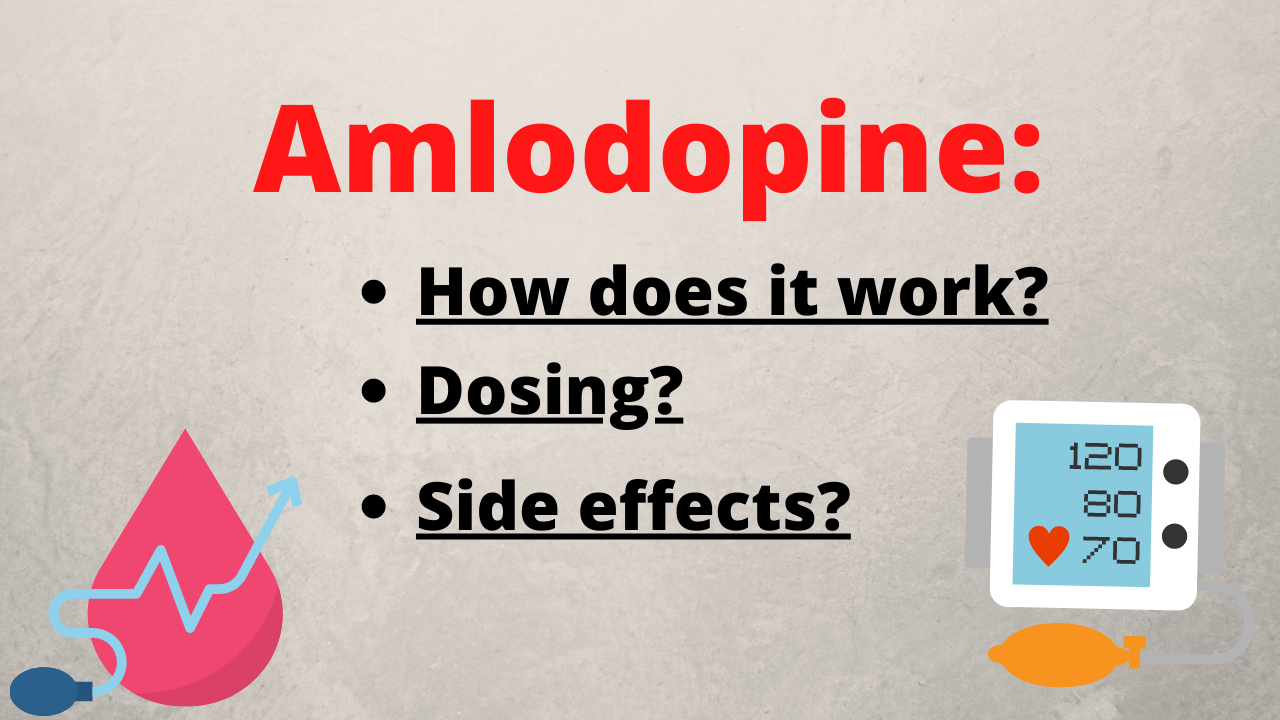
Most common side effects for Amlodipine are:
Feeling tired or drowsy (5%)
GI side effects such as stomach pain, nausea, constipation;(1-3%)
Flushing & redness and feeling warm especially in the facial and neck area. (3%)
Heart palpitations or fluttering of the heart, (5%)
Swelling in your feet, ankles, and lower extremities (2-11%)
Feeling dizzy and the feeling you might pass out (3%)
Muscle cramps (2%)
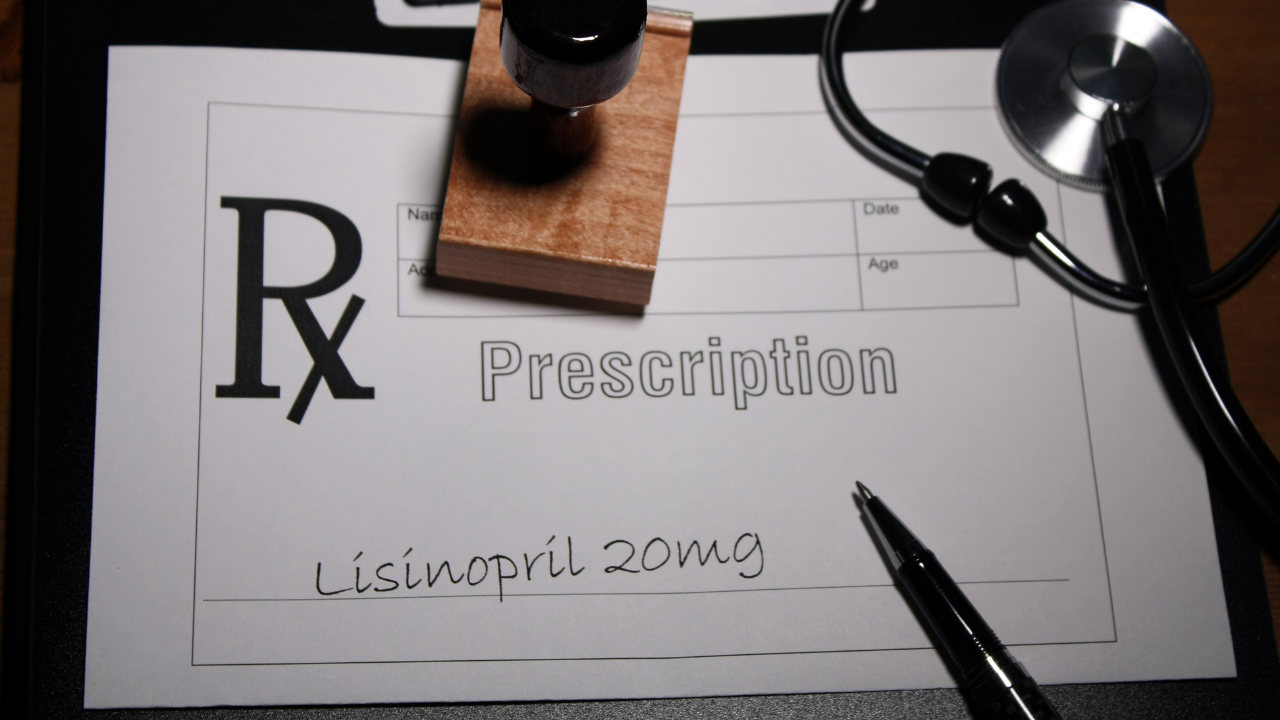
The most prescribed blood pressure medication is Lisinopril.
- Lisinopril belongs to a group of medicines known as angiotensin-converting enzyme inhibitors. They are also called ACE inhibitors. The brand names are Prinivil and Zestril.
- Lisinopril relaxes and widens the blood vessels. This lowers your blood pressure and makes it easier for your heart to pump blood around your body.
- Lisinopril is used to treat high blood pressure. By lowering high blood pressure Lisinopril helps prevent strokes,heart attack and worsening kidney function. It is also used to treat heart failure.. Another use of Lisinopril is to improve survival after a heart attack.
- Lisinopril can be taken by mouth as a tablet and the strengths are as follows: 5 mg, 5 mg, 10 mg, 20 mg, 30 mg, 40 mg. The maximum dosage of this medication is 40mg daily.
- Take this medication by mouth with or without food as directed by your doctor. It is usually taken once daily.
- The most common side effects are:
- Low blood pressure (4-11%)
- Dizziness (4-19%)
- Skin rash and photosensitivity
- GI side effects like constipation & diarrhea
- Increased renal parameters ( up to 10%)
- Cough ( up to 20%)
- Increased potassium (2-6%)
- Ear ringing
Think your health and your blood pressure.
Check out YT video here.
Sources:
- https://www.cdc.gov/bloodpressure/index.htm




